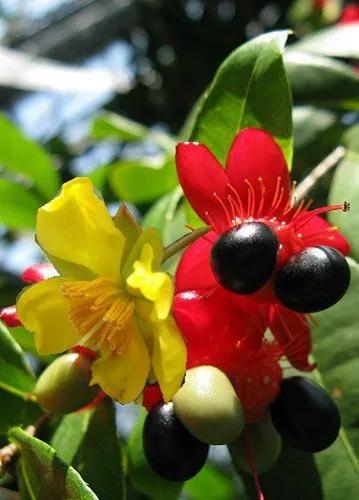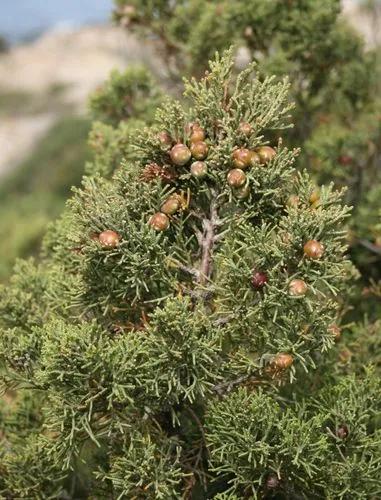Myrica cerifera is a small evergreen tree or large shrub native to North and Central America and the Caribbean. Its common names include southern wax myrtle, southern bayberry, candleberry, bayberry tree, and tallow shrub. It sees uses both in the garden and for candlemaking, as well as a medicinal plant.
Wax Myrtle Care
Myrica Cerifera



How to Care for the Plant

Water

This plant is salt tolerant and takes sea spray well, making it an exceptional beach front planting. Too much water can also be a problem because it can lead to slowed growth, dieback and root rot that causes the foliage to discolor and die. Southern wax myrtle tolerates moist and dry soils, but grows best when watered around the drip line every 10 to 14 days; however, don't water your tree around the trunk.

Pruning

Heavy pruning of Wax Myrtle to reduce size or to tree form should be performed in late winter, while the plant is dormant. Use a sharp pair of bypass hand pruners to selectively remove stray or damaged branches. When removing a stray branch, make your cut at a point along the branch even with main form of the plant.

Fertilizer

Wax Myrtle are light feeders however will benefit from fertilization. Fertilize in spring with a slow-release shrub & tree food, preferably one that contains Sulfur and/or Iron. Alternatively, you can feed with a natural organic plant food.

Sunlight

Wax Myrtle can be grown in full sun or part shade. Plants growing in more sun will have more dense foliage. A minimum of 4 to 5 hours of direct sunlight is suggested.

Soil

Waxmyrtles are not particular about soil, but they prefer good drainage and slightly acidic soils.

Temperature

Evergreens and more frost-resistant trees and shrubs should fare better. Common examples of this group of plants are yaupon hollies, wax myrtles, and crape myrtles. These species may brown in sections, but ultimately survive.

Popularity

686 people already have this plant 70 people have added this plant to their wishlists
Discover more plants with the list below
Popular articles






